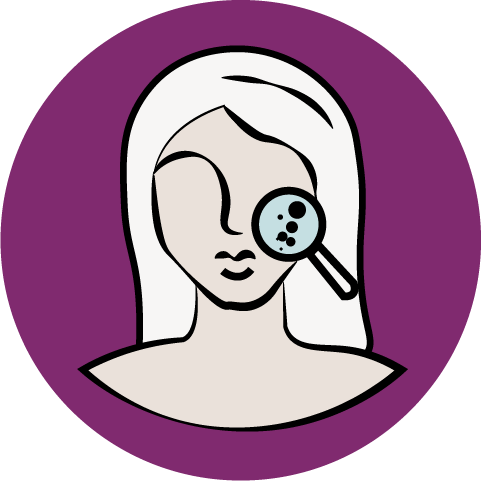- Obiettivo del presente studio retrospettivo di 9 anni è stato quello di determinare il rischio di tumori cutanei nei pazienti asiatici con psoriasi e vitiligine trattati con fototerapia con UVB a banda stretta con una lunghezza d’onda di 311 nm nella cabina di fototerapia o di 308nm con la lampada ad eccimeri.
- La fototerapia con UVB a banda stretta aumenta il rischio di tumori cutanei nei pazienti asiatici: il rischio è risultato maggiore nei pazienti con psoriasi, in quelli trattati con dosi cumulative e massimali maggiori, nonché con l’uso di terapie sistemiche. Nonostante ciò, il numero assoluto di tumori cutanei rimane basso, specialmente nei pazienti con vitiligine, senza casi di diagnosi di melanoma.
Abstract
Background
Previous studies regarding the risk of skin malignancy with NBUVB have been performed in Caucasian patients, but few studies have been conducted in Asians.
Aim
The aim of the study was to determine the risk of skin cancer in Asian patients with psoriasis and vitiligo receiving NBUVB phototherapy.
Methods
We performed a 9-year retrospective study including all patients with psoriasis and vitiligo receiving NBUVB (either 311 nm wavelength through cabin phototherapy or 308 nm through excimer lamp phototherapy) at the National Skin Centre. We matched the identification numbers of patients to the National Registry of Diseases Office database and collected data on all skin cancers diagnosed.
Results
A total of 3730 patients were included. During the course of the study, 12 cases of skin cancer were diagnosed, of which 10 were basal cell carcinomas, and 2 were squamous cell carcinomas. No cases of melanoma were detected in the study. The age-standardized incidence of skin cancer in psoriasis and vitiligo patients who received phototherapy was 47.5 and 26.5, respectively, which is higher than the incidence of skin cancers in the general population. Risk of skin malignancy was positively correlated with the cumulative (p = o.008) and maximum dose of phototherapy (p = 0.011) as well as previous systemic treatments (p = 0.006).
Limitations
Limitations include a relatively short follow-up period as well as the lack of quantification of solar exposure.
Conclusions and perspectives
NBUVB phototherapy in Asian skin increases the risk of skin malignancy. The risk of skin malignancy is higher with psoriasis patients, greater cumulative and maximal dose of phototherapy as well as the use of systemic therapy. Despite the increased risk, the absolute number of skin malignancies remains low, especially for vitiligo patients, with no cases of melanoma diagnosed-a reassuring finding that phototherapy remains a safe alternative in the treatment of psoriasis and vitiligo.
